| | With daytime temperatures in the mid-70s, nighttime temperatures in the low-50’s, sunny but low-intensity sunlight, and soil that’s thoroughly moistened but well drained from those glorious rainstorms, this is the perfect environment for planting our new gardens for spring and summer. Seeds, seedlings, perennial vegetables, deciduous bareroot fruit trees and roses, rooting cuttings and separating divisions are all methods that are ideal to start now because the mild weather will enable them to thrive. Seeds So many greens and other cool-season crops include broccoli, bok choy, cabbage, cauliflower, chard, chives, cilantro/coriander, kale, leeks, leaf and heading lettuces, mustards, green and bulb onions, parsley, peas, radishes, and savoy spinaches. Flowers to sow include alyssum, bachelor's button (cornflower), calendulas, candytuft, celosia (cockscomb), coreopsis, dianthus, four-o-clocks, hollyhocks, larkspur, lunaria (honesty, money plant, silver dollar plant), pansies, California and Iceland and Shirley poppies, salvias, snapdragons, stocks, sweet peas, sweet William, and native wildflowers. Seedlings I always purchase whatever seedlings are in the nurseries for a 6-week jump start of the same seeds I’ll sow. Then I’m guaranteed something to eat as early as possible from planting the purchased seedlings (usually of pretty basic varieties), and then lots more from the plants I’ve seeded (of more specialized varieties). Perennial Vegetables and Fruits The big three perennials to establish in their own beds are artichoke, asparagus, and rhubarb. They’re all heavy feeders, so need lots of manure and compost every year at this time. Other perennials to get into the ground include grapes, berry vines, and strawberries. Pruning cane berries gets rid of dead canes that bore last summer and then died, and energizes new canes that’ll produce on second-year wood. Pruning grapes limits new growth to fruiting wood, and cuttings can be rooted for plants to giveaway. Deciduous Bareroot Fruit Trees and Roses Like seeds, planting bareroot fruit trees and roses adapt more quickly and healthfully when planted now in cool weather, catching up to and surpassing already-leafed-out plants. So, if you have the choice of the specific varieties you want, go for the bareroot ones. Pruning existing fruit trees now before they blossom out keeps their spring growth within reaching harvest height and limits the amount of fruit that’ll set to what you can manage to use, stressing the tree less so it’ll remain healthy. Pruning roses gets rid of twiggy branches and redirects new growth outward for a healthier plant. Rooting Cuttings Grapes and mini-roses that are grown on their own roots are good bets for rooting to create more plants for your own garden or for friends. Separating Divisions Dividing crowded plant root systems are another excellent way to take advantage of multiplying strong plants. These include agapanthus, amaryllis, asters, chrysanthemums, coreopsis, daylilies, dianthus, gaillardias, gazanias, rudbeckia, statice and violets. More Detailed Monthly Garden Tips For more info on all these topics, see January and February tips. |
|
0 Comments
Leave a Reply. |
Categories |






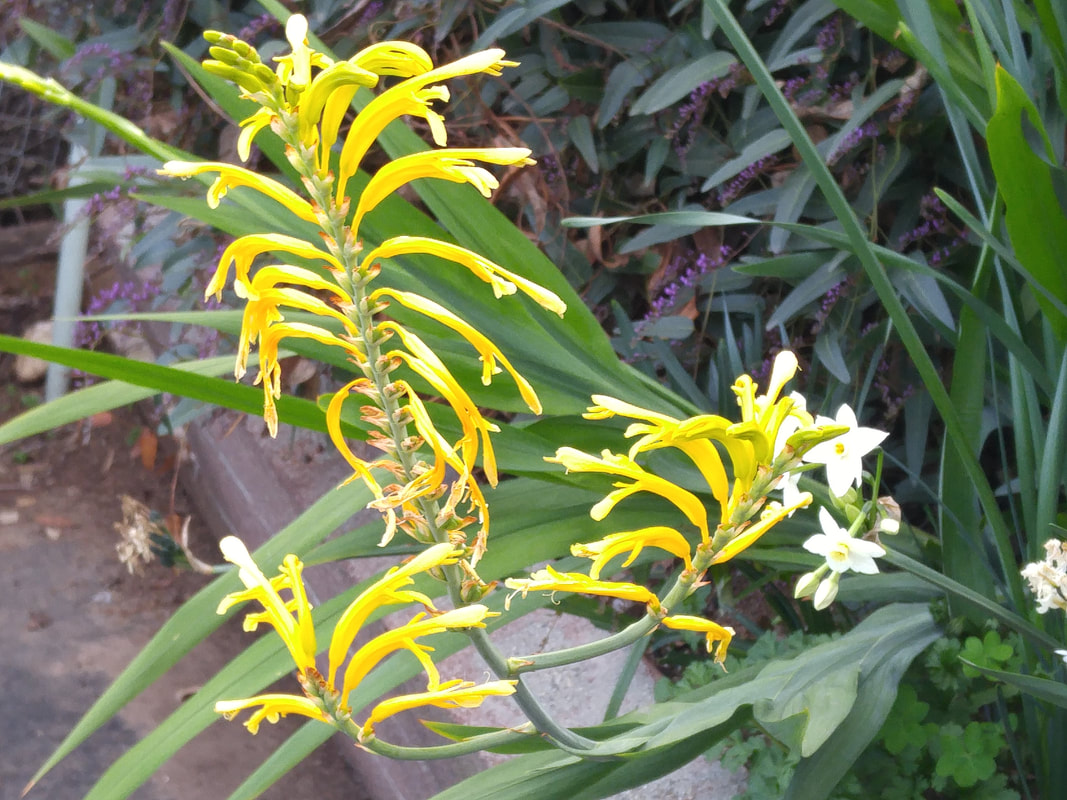


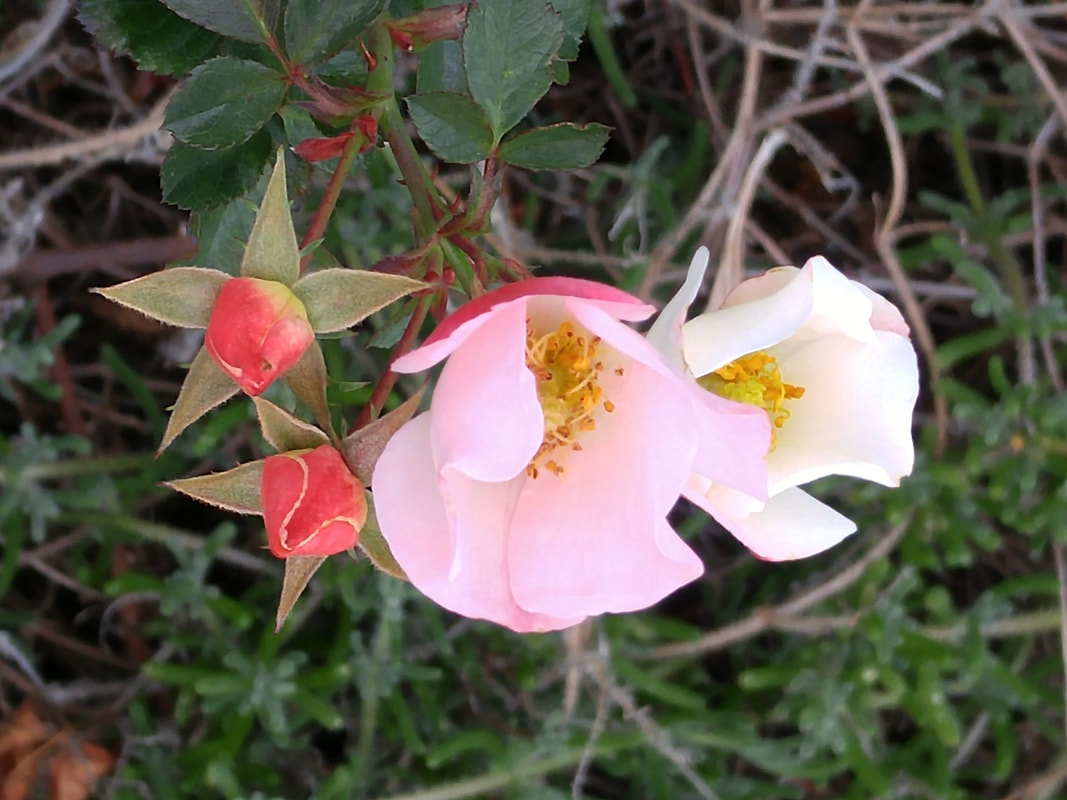





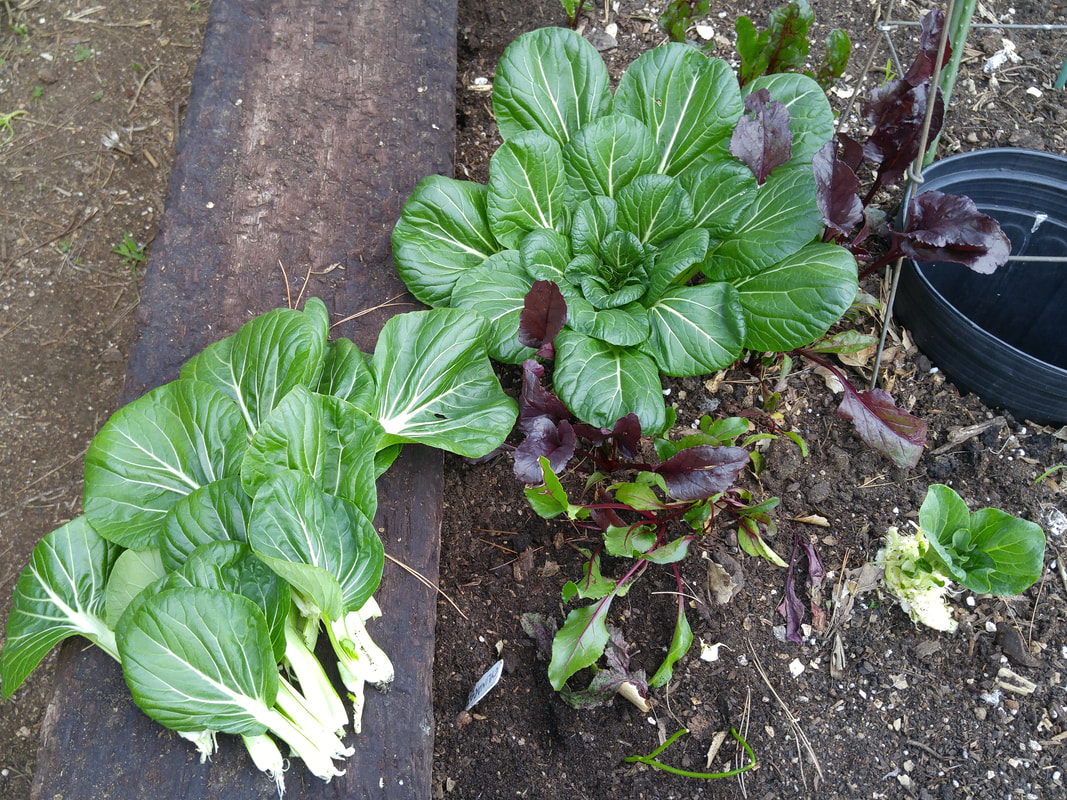
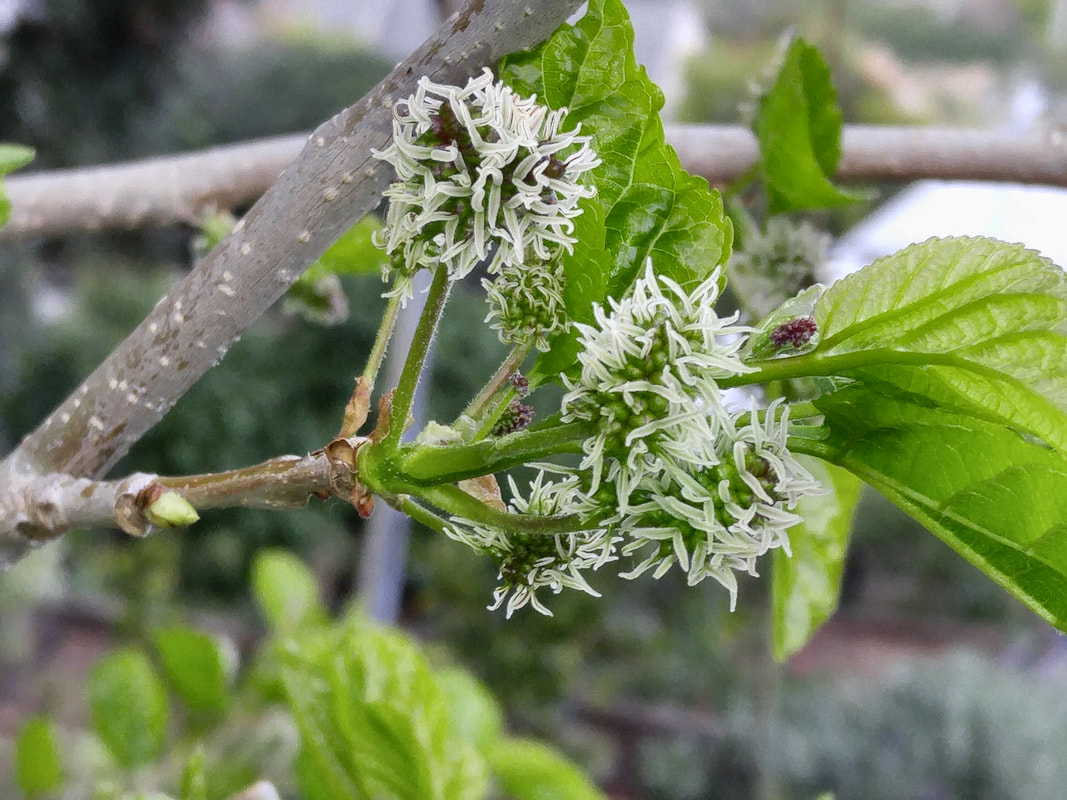



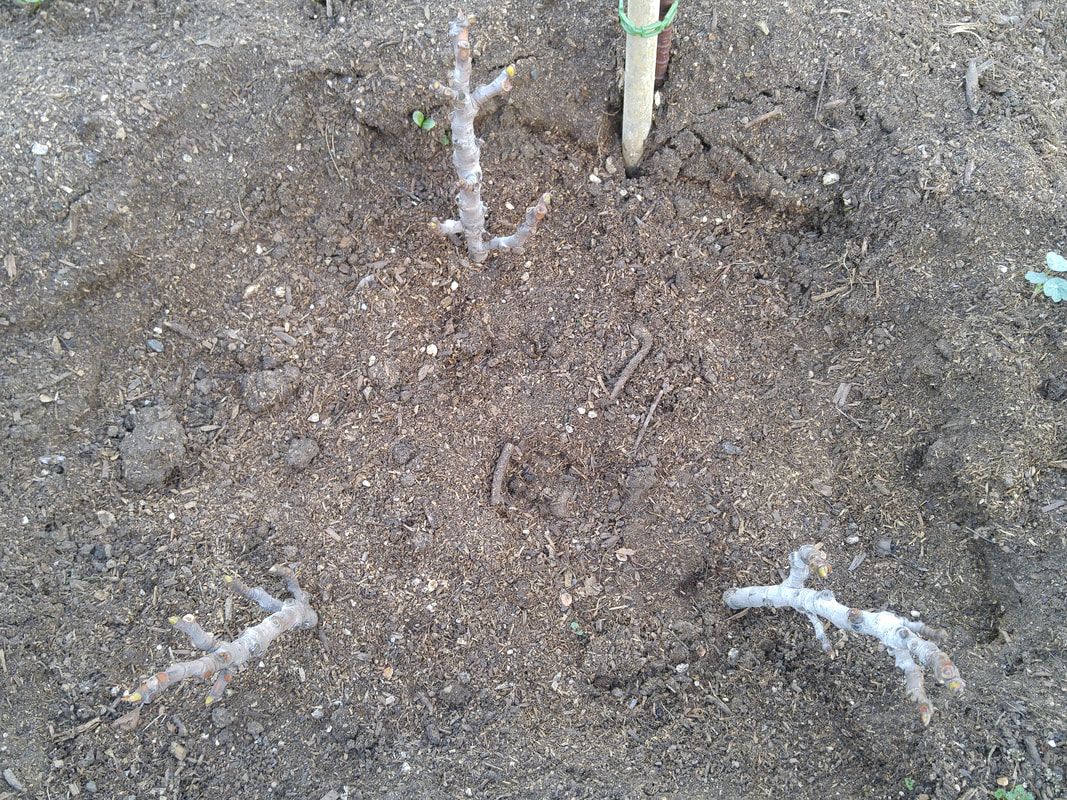






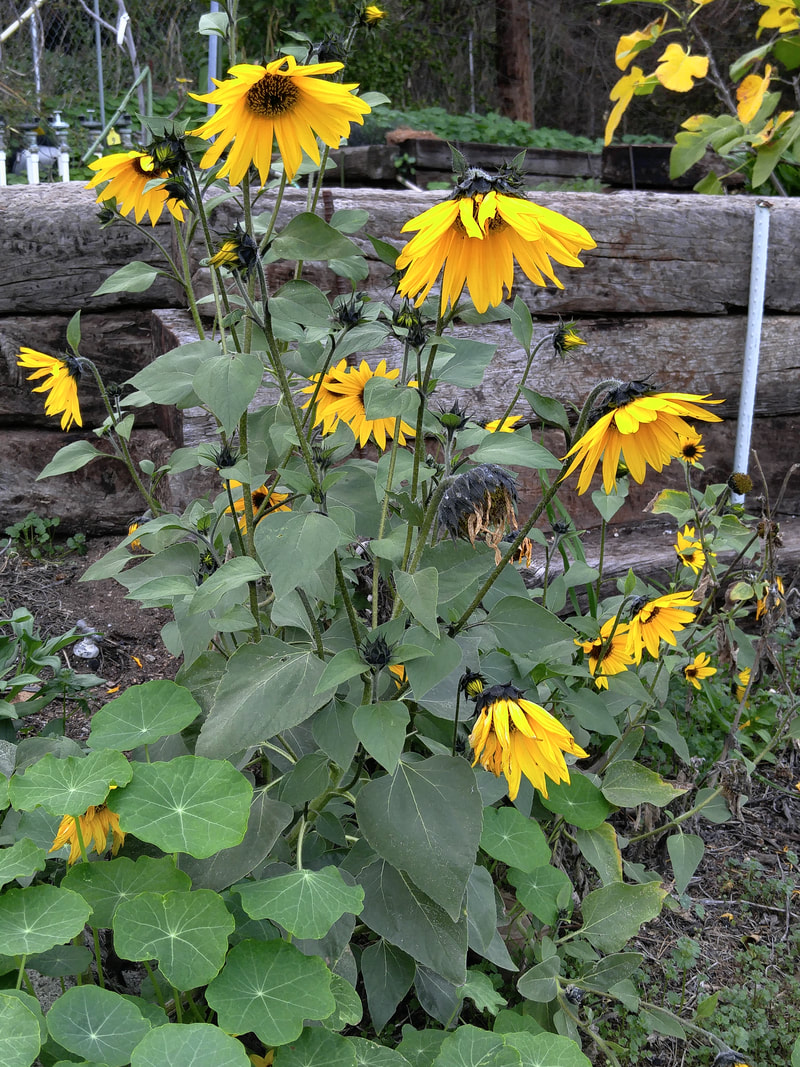







 RSS Feed
RSS Feed